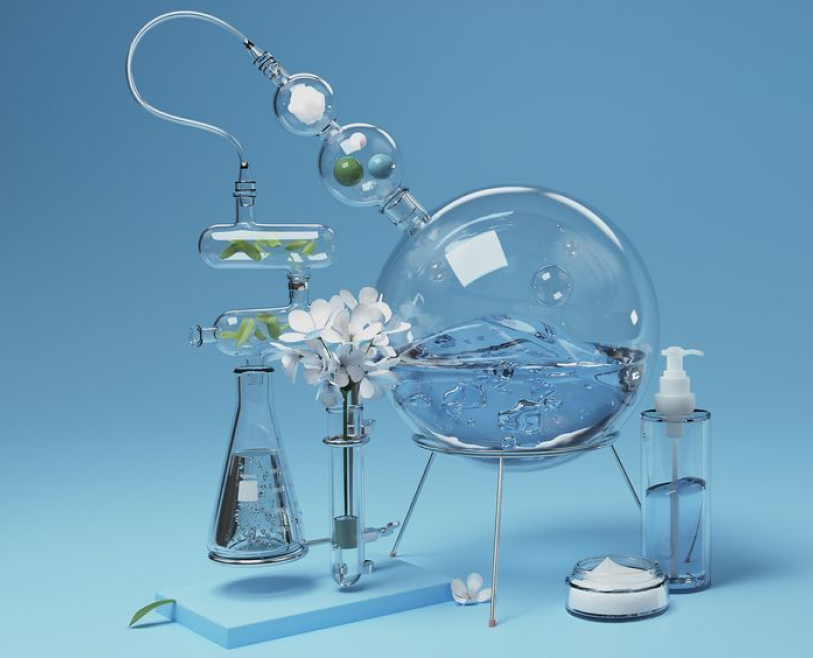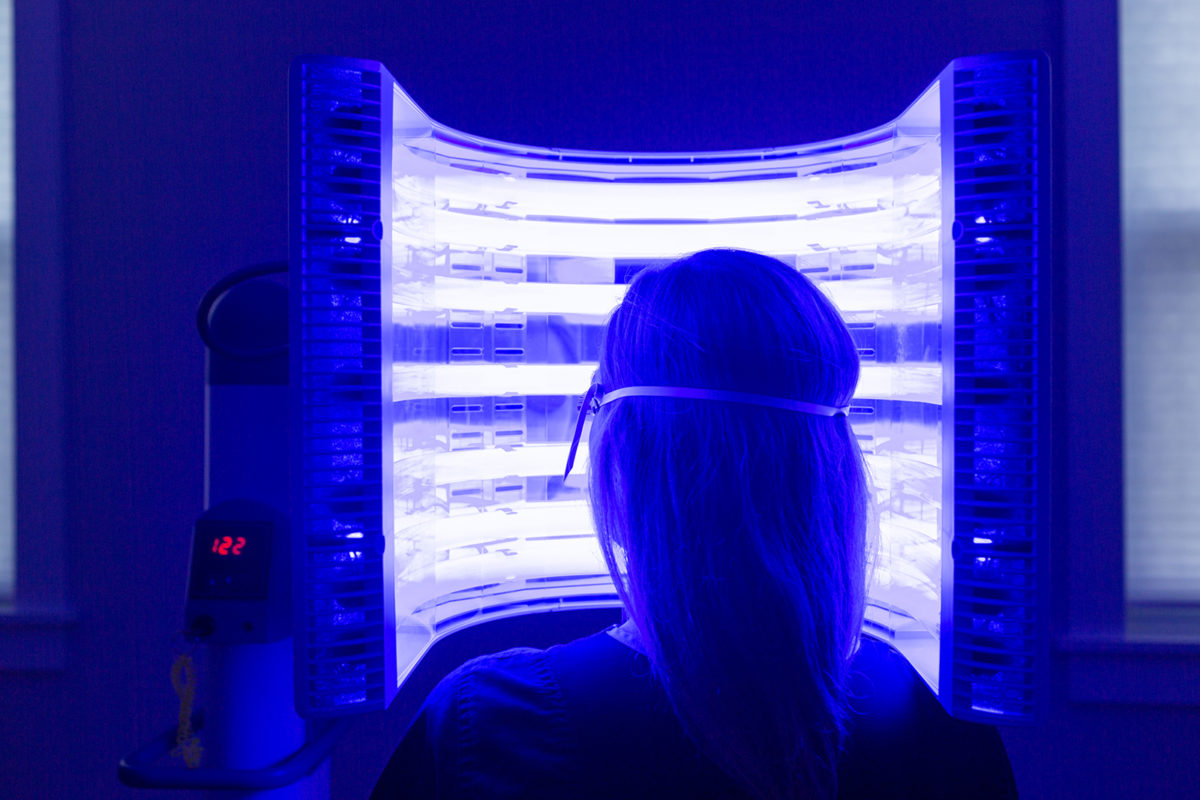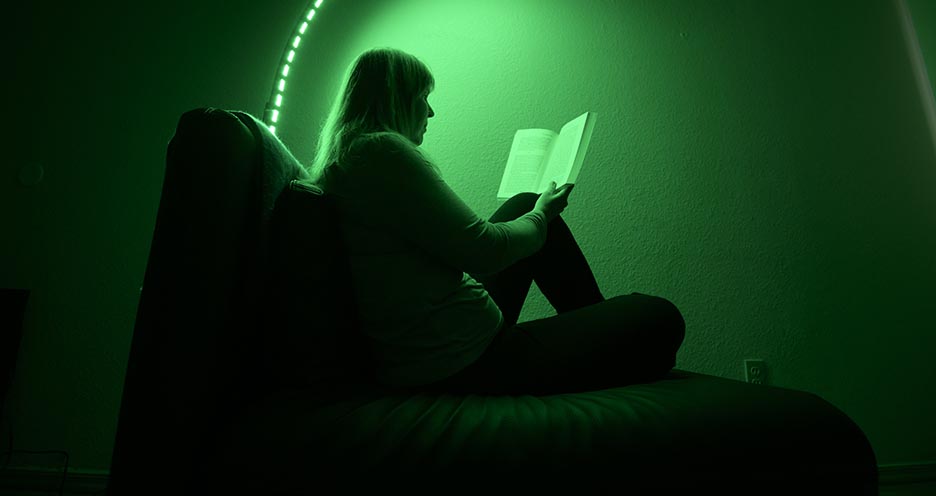DIY Biology
Empowering Citizen Scientists
What is DIY Biology?
At its core, DIY biology is about democratizing science. It enables individuals with a passion for biology to participate in hands-on experiments, often using affordable and easily accessible tools. DIY bio enthusiasts might work on projects ranging from creating glowing bacteria to developing environmental sensors, all within non-institutional settings like home labs or community spaces.
Key Applications of DIY Biology
DIY biology spans a variety of fields and applications. Here are some popular areas:

Synthetic Biology
Manipulating genetic material to create new organisms or modify existing ones.
Common projects include designing organisms that can produce biofuels or glow in the dark.

Environmental Monitoring
Creating inexpensive sensors to measure air or water quality.
Developing tools to track environmental changes in local ecosystems.
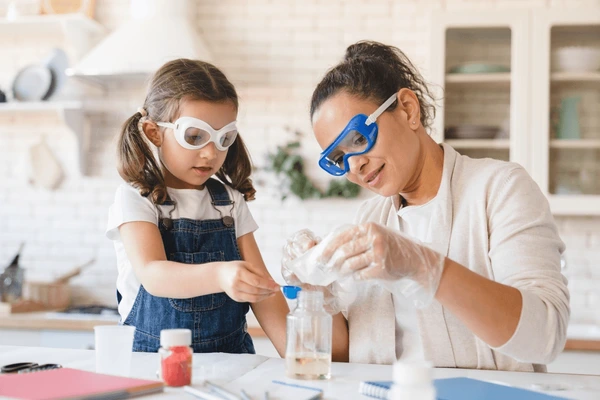
Personal Health and Nutrition
Conducting experiments to better understand personal health.
Developing DIY diagnostic tools for tracking fitness or genetic markers
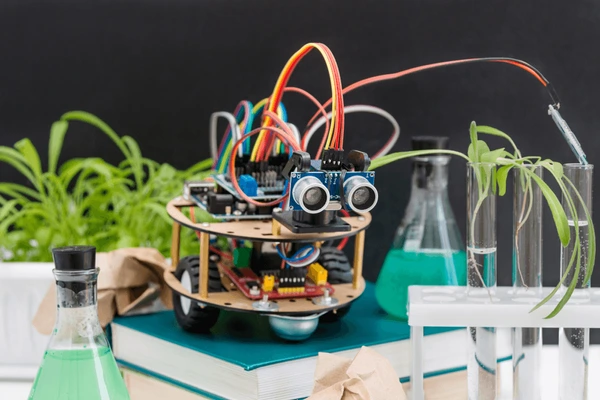
Biodesign
Combining biology with design principles to create sustainable materials.
Examples include growing leather alternatives using mycelium or producing biodegradable plastics.
Advantages of DIY Biology
Accessibility: DIY biology makes science more inclusive by lowering the barriers to entry.
Innovation: Non-traditional environments foster creative problem-solving and novel ideas.
Community: Collaboration within the DIY bio community drives shared learning and collective progress.
Education: Hands-on experimentation provides an engaging way to learn about biology and biotechnology.
Popular Practices
A practical example of nutrigenomics at work is bulletproof coffee, a blend of organic coffee, MCT oil, and butter designed to enhance cognitive performance and energy levels. It reflects a broader trend of optimizing dietary habits based on individual needs.
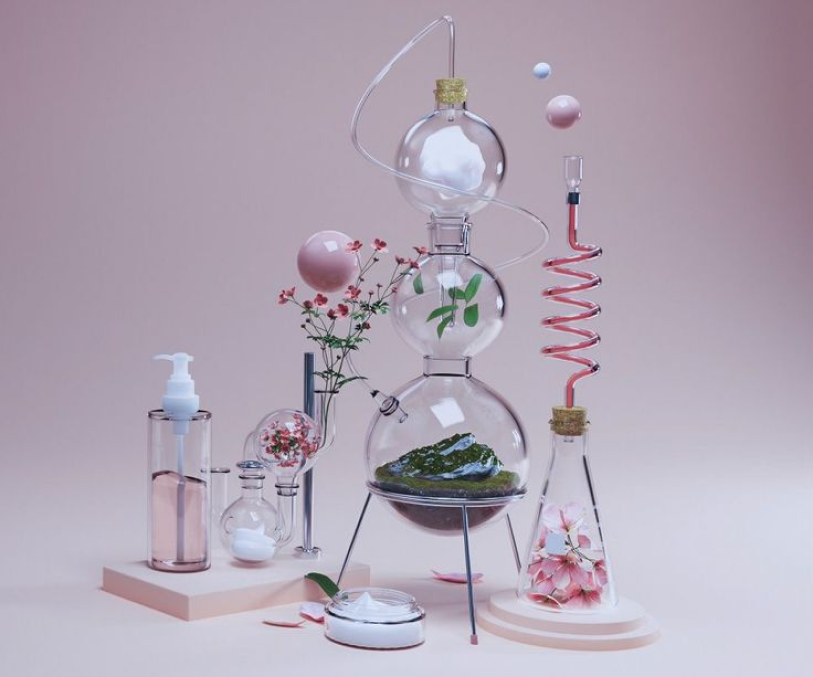
Getting Started with DIY Biology
For those interested in joining the DIY biology movement, here are some steps to get started:
Join a Community: Look for local or online DIY bio groups to connect with like-minded individuals.
Set Up a Lab: Start with basic equipment like pipettes, centrifuges, and Petri dishes, all of which can be found affordably online.
Learn the Basics: Familiarize yourself with essential concepts in biology and biotechnology through resources like OpenWetWare, YouTube tutorials, or beginner’s guides.
Start Small: Begin with simple projects, such as extracting DNA from fruits or growing bacteria cultures.
Stay Safe: Follow biosafety guidelines and consult with experts or experienced DIY bio practitioners.
Ethical and Regulatory Considerations
As DIY biology continues to grow, ethical and regulatory frameworks must evolve to balance innovation with safety. Key considerations include:
Informed Consent: Ensuring ethical treatment of all subjects involved in experiments.
Environmental Impact: Assessing the potential risks of releasing modified organisms.
Collaboration with Institutions: Partnering with academic and regulatory bodies to promote best practices.
